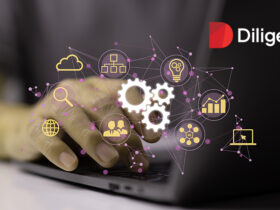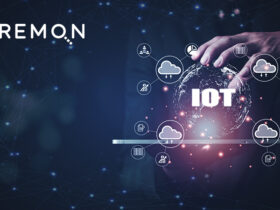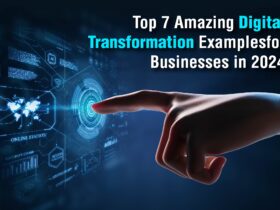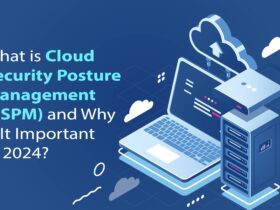Information Services Group (ISG) (Nasdaq: III), a leading global technology research and advisory firm, has launched a research study examining the broad range of services for enterprises adopting or optimizing SAP application platforms.
The study results will be published in a comprehensive ISG Provider Lens™ report series, called SAP Ecosystem – 2022, scheduled to be released in August. The reports will cover companies offering services to support new SAP transformations and maximize application performance for existing SAP customers.
Also Read: Wavelo Works with AWS to Propel CSP Growth Through Purpose-Built, Cloud-Based Software
Enterprise buyers will be able to use information from the reports to evaluate their current vendor relationships, potential new engagements and available offerings, while ISG advisors use the information to recommend providers to the firm’s buy-side clients.
The SAP ecosystem is vast and growing, with more than 22,000 companies supporting enterprises that employ SAP’s popular ERP platforms. Many enterprises are exploring the impact of moving their SAP workloads to public, private or hybrid cloud environments, while some are still preparing for migration from the legacy SAP ERP suite (for which support will end in 2027) to SAP S/4HANA. At the same time, SAP managed service providers are beginning to use AI and machine learning for application maintenance and operations to predict incidents and automate troubleshooting.
“Service providers are empowering clients to plan and execute SAP S/4HANA transformation projects that deliver more business value at lower cost,” said Jan Erik Aase, partner and global leader, ISG Provider Lens Research. “SAP enterprises are also taking advantage of breakthroughs in managed services for superior application performance at larger scale and lower cost.”
ISG has distributed surveys to more than 60 SAP ecosystem providers. Working in collaboration with ISG’s global advisors, the research team will produce five quadrants representing the digital services and products the typical SAP enterprise is buying, based on ISG’s experience working with its clients. The five quadrants are:
- SAP S/4HANA System Transformation – Large Accounts, evaluating providers of consulting and system integration for enterprise applications using SAP S/4HANA and SAP Business Suite with the SAP Fiori user interface. These providers should be able to manage the complexity and scale of large enterprises and have frameworks, tools and accelerators for large-scale system transformations. They must offer SAP S/4HANA development, integration and testing services and demonstrate capabilities and experience in both greenfield and brownfield deployments. Other requirements include provisions for on-premises or cloud-based implementations and optimal onshore-offshore delivery models.
- SAP S/4HANA System Transformation – Midmarket, assessing consulting and system integration providers that can rapidly execute SAP S/4HANA implementations for clients with fewer than 5,000 SAP users or less than $1 billion in revenue. These providers should be able to use multiple methodologies, including SAP’s packaged solutions for small and midsize businesses and SAP S/4HANA templates. Their portfolios should include advisory and implementation services for midsize enterprises and ready-to-use templates or solutions for specific microsegments. Providers must offer onshore or nearshore delivery for local clients, with offshore delivery capability welcome but not required.
- Managed Application Services for SAP ERP, covering providers of managed services for SAP S/4HANA and legacy SAP Business Suites such as ECC 6.0. Providers should offer application optimization, support and testing, with maintenance and support services including monitoring, remote support and centralized management of applications. Their offerings must include services such as troubleshooting, level 2 and level 3 application support, root-cause analysis and user management, including license compliance. These providers also can make enhancements and changes to applications while predicting the business impact of such updates.

































